Google has introduced a duo of Pixel 6 phones to the world, which differ from each other not only in size, but also in equipment. The Google Pixel 6 Pro is then the one that is supposed to be the standard in the field of Android phones, and which in many ways is equal to the best iPhone, i.e. the 13 Pro Max model. Check out their comparison.
Design
It is quite difficult to compare the design, because a lot of it is a subjective impression. However, Google pleasantly deviated from the stereotype and equipped its novelty with a relatively large outlet for the camera system, which stretches across the entire width of the phone. So when you see the Pixel 6 Pro somewhere, you definitely won't mistake it. There are three color variants – gold, black and white, which basically reflects the variants of the iPhone 13 Pro Max, which, however, also offers mountain blue.
Keynote with the introduction of the new Pixels:
The dimensions are 163,9 by 75,9 and 8,9 mm. The device is thus 3,1 mm higher than the iPhone 13 Pro Max, but on the other hand, it is narrower by 2,2 mm. Google then states the thickness of its new product at 8,9 mm, but it also counts with an output for cameras. The iPhone 13 Pro Max model has a thickness of 7,65 mm, but without the mentioned outputs. The weight is a relatively low 210 g, the largest Apple phone weighs 238 g.
It could be interest you
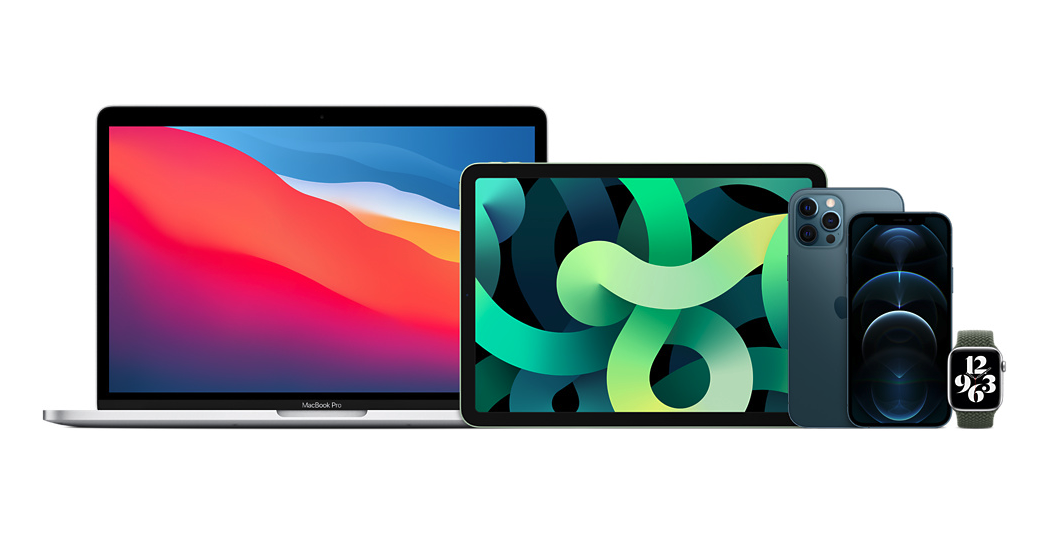
Display
Google Pixel 6 Pro includes a 6,7" LTPO OLED display with HDR10+ support and an adaptive refresh rate from 10 to 120 Hz. It offers a resolution of 1440 × 3120 pixels with a density of 512 ppi. Although the iPhone 13 Pro Max offers a display named Super Retina XDR OLED, it is of the same diagonal and also with the same range of adaptive refresh rate, which the company calls ProMotion. However, it has a lower pixel density, as it offers a resolution of 1284 × 2778 pixels, which means 458 ppi and of course includes a notch.

In it, Apple hides not only sensors for Face ID but also a 12MPx TrueDepth camera with an aperture of ƒ/2,2. The new Pixel, on the other hand, only has an aperture, which contains an 11,1 MPx camera with the same aperture value. User authentication here takes place with the under-display fingerprint reader.
Performance
Following Apple's example, Google also went its own way and equipped its Pixels with its own chipset, which it calls Google Tensor. It offers 8 cores and is manufactured using 5nm technology. 2 cores are powerful, 2 super powerful and 4 economical. In the first Geekbench tests, it shows an average single-core score of 1014 and a multi-core score of 2788. It is supplemented with 12GB of RAM. Internal storage starts at 13 GB, just like on the iPhone 128 Pro Max.
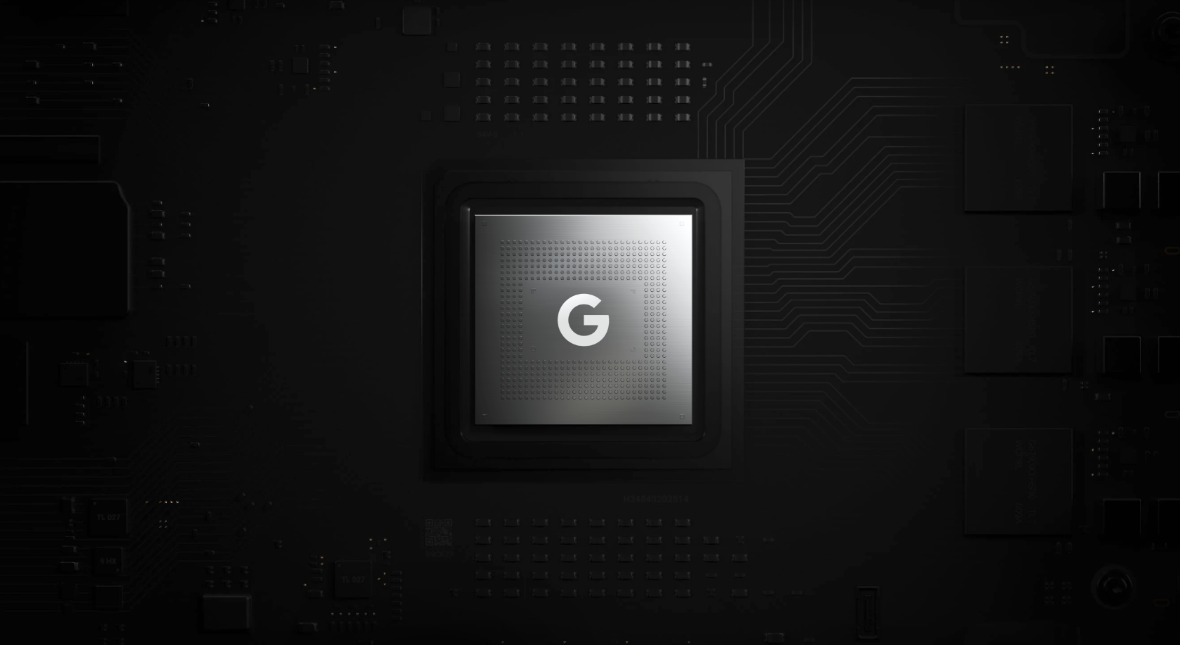
In contrast, the iPhone 13 Pro Max has an A15 Bionic chip and its score is still significantly higher, i.e. 1738 in the case of a single core and 4766 in the case of multiple cores. It then has half the RAM memory, i.e. 6 GB. While Google clearly loses here, it's extremely likable to see its effort. Moreover, this is his first chip, which has great potential for future improvement.
Cameras
On the back of the Pixel 6 Pro, there is a 50MPx primary sensor with an aperture of ƒ /1,85 and OIS, a 48MPx telephoto lens with 4x optical zoom and an aperture of ƒ/3,5 and OIS, and a 12MPx ultra-wide-angle lens with an aperture of ƒ/2,2. The assembly is completed with a laser sensor for automatic focusing. The Apple iPhone 13 Pro Max offers a trio of 12 MPx cameras. It has a wide-angle lens with an aperture of ƒ/1,5, a triple telephoto lens with an aperture of ƒ/2,8 and an ultra-wide-angle lens with an aperture of ƒ/1,8, where the wide-angle lens has sensor-shift stabilization and an OIS telephoto lens.
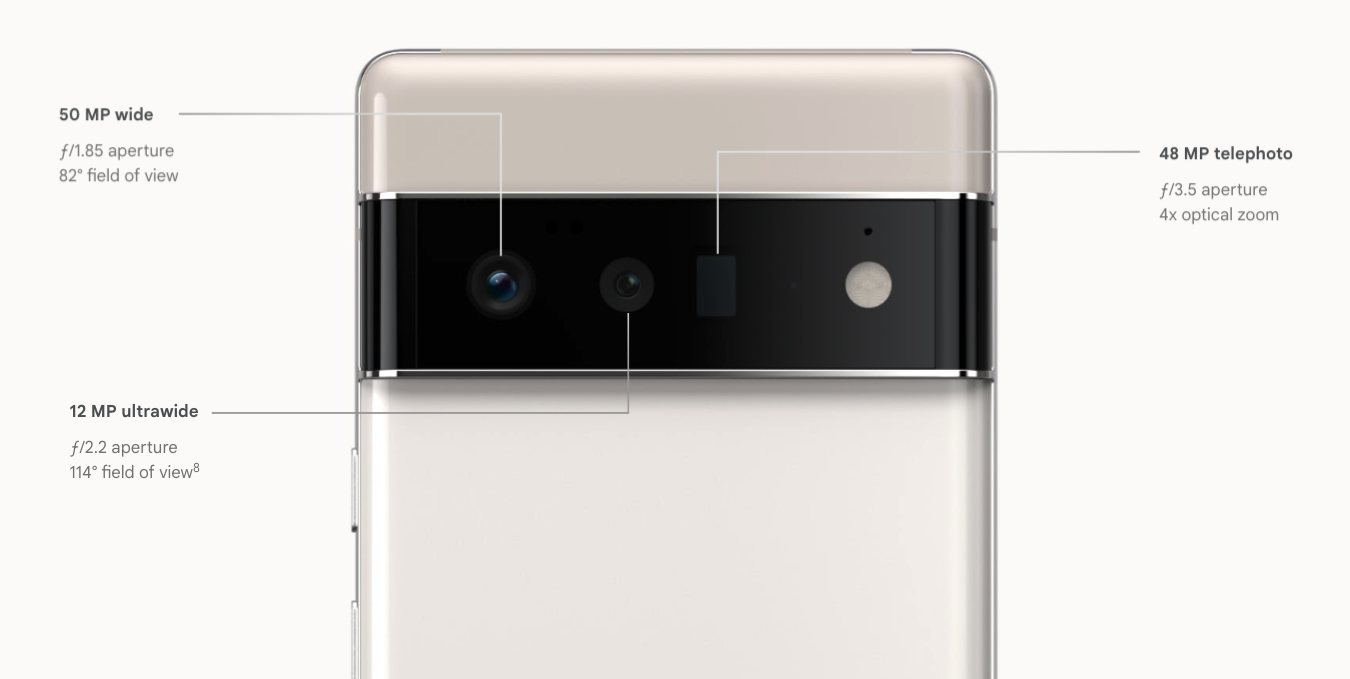
It's too early to make any judgments in this case, as we don't know the results from the Pixel 6 Pro. On paper, however, it is clear that it leads practically only in the number of MPx, which does not mean anything - it contains a quad-bayer sensor. It will be so interesting to see how they handle pixel unification. The resulting photos will not have a size of 50 MPx, but will be somewhere in the range of 12 to 13 MPx.
It could be interest you

Battery
The Pixel 6 Pro has a 5mAh battery, which is clearly bigger than the 000mAh battery of the iPhone 4 Pro Max. But Apple can quite successfully work its magic with energy efficiency, and its iPhone 352 Pro Max has the best battery life ever in a phone. But the adaptive refresh rate and clean Android will certainly help the Pixel.
The Pixel 6 Pro supports up to 30W fast charging, beating the iPhone as it reaches a claimed maximum of 23W. On the other hand, the iPhone 13 Pro Max supports up to 15W wireless charging, beating the Pixel 12 Pro's 6W charging limit. Even with the Pixel, you won't find an adapter included in the package.
Other features
Both phones have IP68 water and dust resistance. iPhone 13 Pro Max is equipped with durable glass that Apple calls Ceramic Shield, Google Pixel 6 Pro uses durable Gorilla Glass Victus. Both smartphones also support mmWave and sub-6GHz 5G. Both also include their ultra-wideband (UWB) chip for short-range positioning.
The Google Pixel 6 Pro and iPhone 13 Pro Max are the best you can get from the companies right now. These are premium and high-end smartphones with excellent cameras, displays and performance. As with most comparisons between Android phones and iPhones, looking at their "paper" specs is only part of the story. A lot will depend on how Google manages to debug the system.
It could be interest you
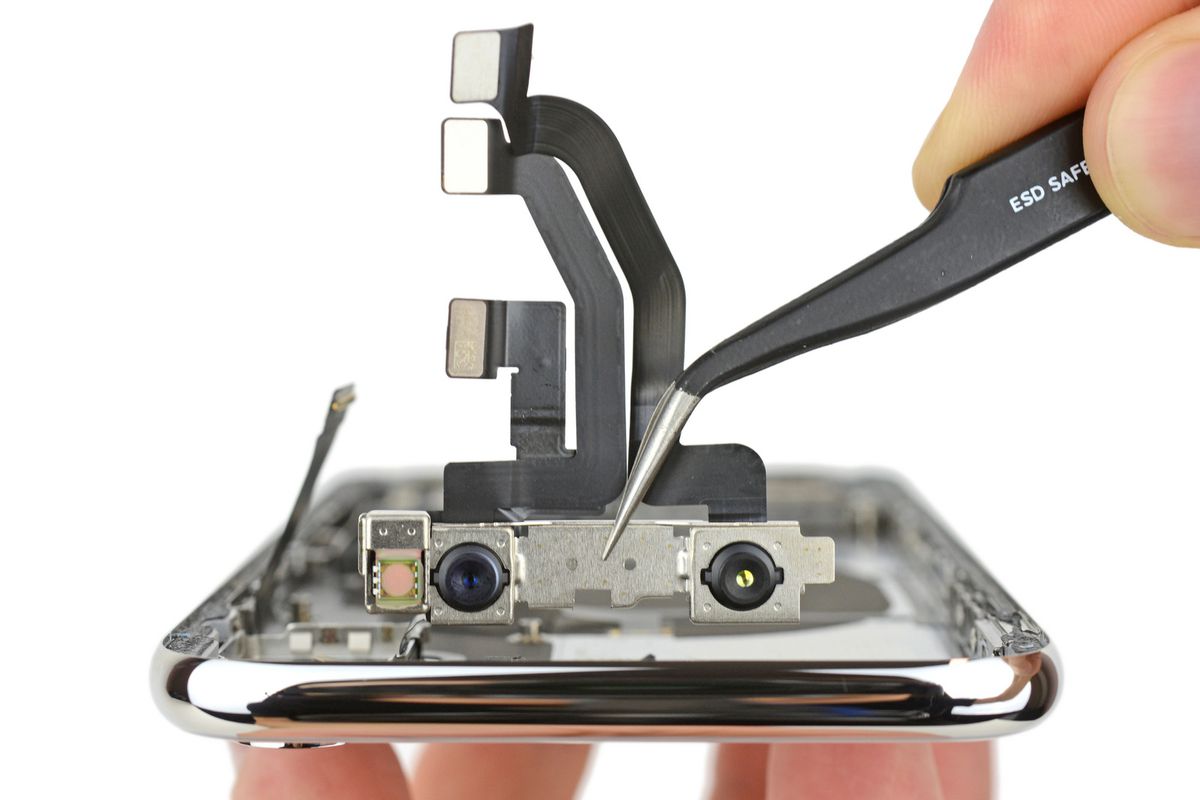
The problem is that Google does not have an official representative in the Czech Republic, and if you are interested in its products, you have to rely on imports or travel abroad for them. Base price of Google Pixel Pro at ours German neighbors it is then set at EUR 899 in the case of the 128GB version, which in simple terms is about CZK 23. The basic 128GB iPhone 13 Pro Max costs CZK 31 in our Apple Online Store.
 Adam Kos
Adam Kos 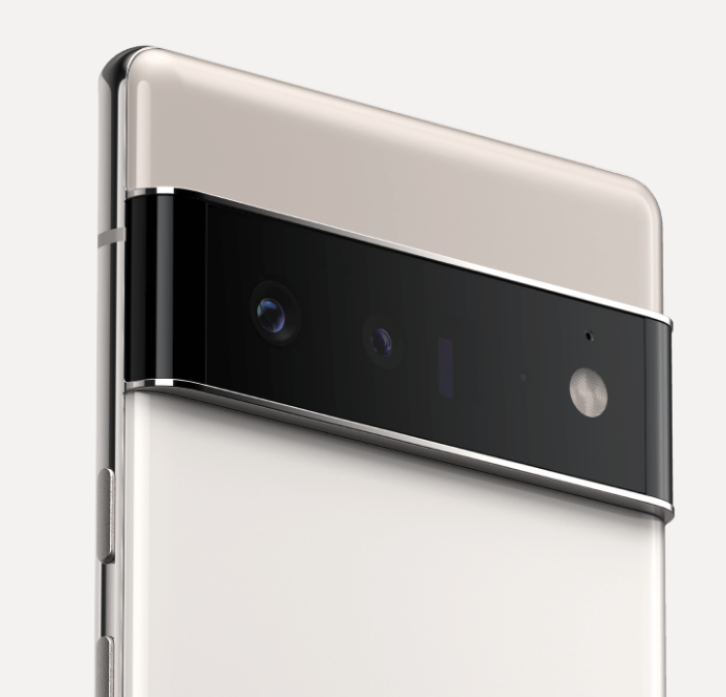
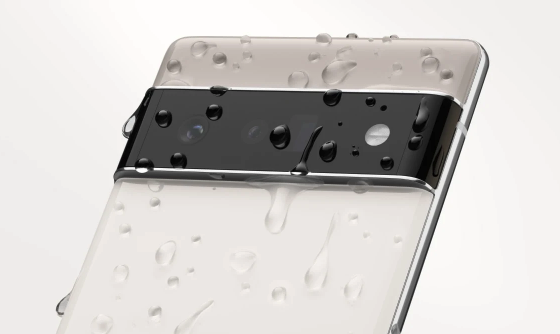



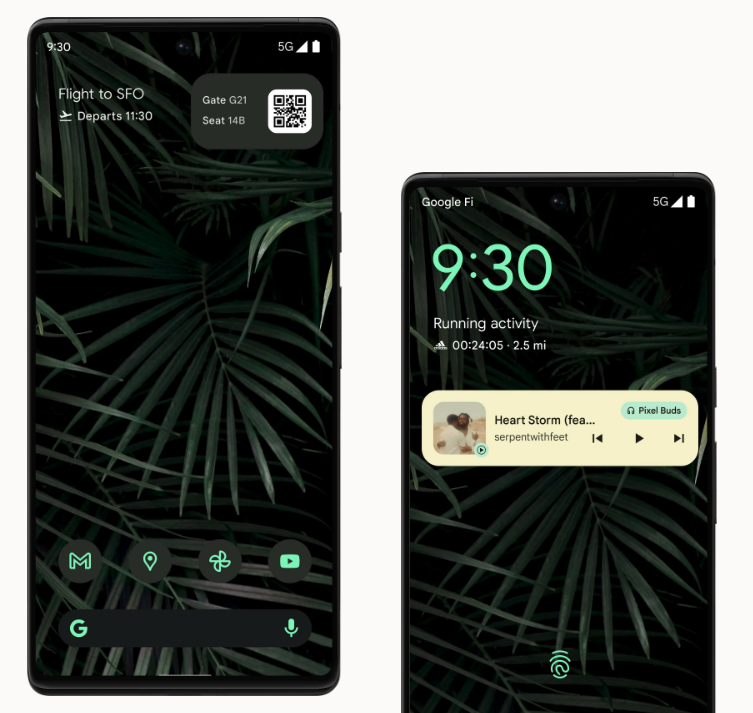
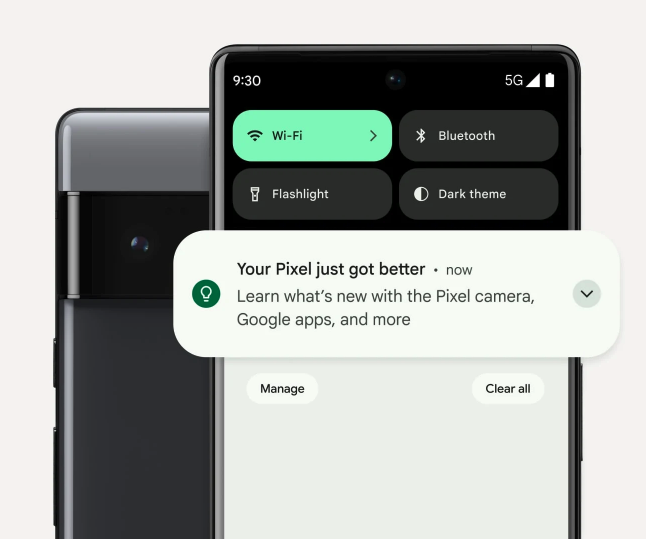
Nice summary Adam :)
I would just like to add that mmWave 5G is again only available in the US version of the iP13ek. Unfortunately, it is the same with the P6/Pro - see https://www.gsmarena.com/compare.php3?idPhone1=11037&idPhone2=10918&idPhone3=11089 in the Network section (after clicking ;)
So if you live in or often go to the States and want to have a full package 5G, then buy only there. In Europe and the rest of the world, unfortunately, it is more or less a fizzy drink, but considering the future, the US purchase will certainly be worth it, especially since it is also much cheaper :) - even with only a one-year warranty included in the price ;)
They look like sandals next to each other